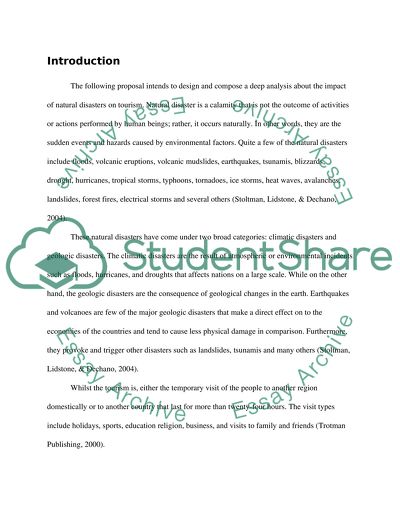Cite this document
(“Impacts of natural disasters on tourism Research Paper”, n.d.)
Retrieved de https://studentshare.org/tourism/1392295-impacts-of-natural-disasters-on-tourism
Retrieved de https://studentshare.org/tourism/1392295-impacts-of-natural-disasters-on-tourism
(Impacts of Natural Disasters on Tourism Research Paper)
https://studentshare.org/tourism/1392295-impacts-of-natural-disasters-on-tourism.
https://studentshare.org/tourism/1392295-impacts-of-natural-disasters-on-tourism.
“Impacts of Natural Disasters on Tourism Research Paper”, n.d. https://studentshare.org/tourism/1392295-impacts-of-natural-disasters-on-tourism.


